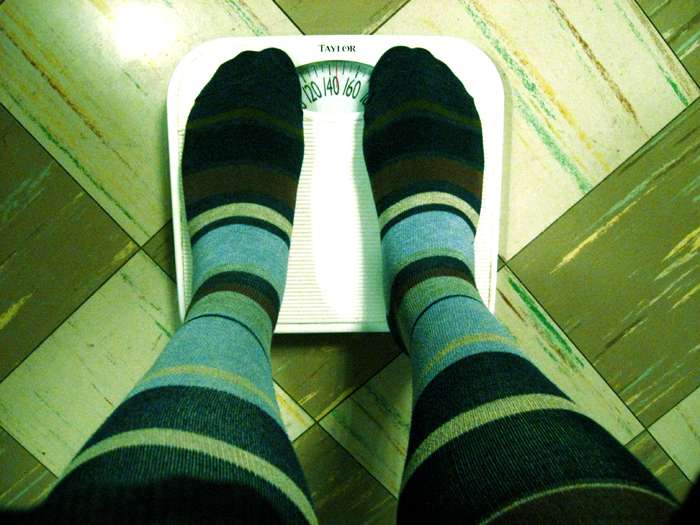U.S. Gov Spends Billions on Diabetes Research, But Scientists Already Know the Cure
Millions of people could shake Type 2 diabetes if they just lost some weight.


According to the U.S. Centers for Disease Control and Prevention, about 29.1 million Americans—nearly a tenth of the U.S. population—have diabetes. The majority of these cases are Type 2 diabetes, formerly called "adult onset diabetes," a condition that can require daily insulin shots and eventually lead to blindness, stroke, limb amputation, and kidney failure. The federal government funds research on diabetes prevention and cures to the tune of more than one billion dollars a year. But we already have a cure for the diabetes: lose weight and eat better.
Scientists have been saying so for years. Now new research suggests, yet again, that millions of people could shake type 2 diabetes if they just lost some weight. The study, out of England's Newcastle University, was small, involving just 18 patients. But it builds on previous research suggesting that Type 2 diabetes can be "reversed," even in those who've had the diseae a long time.
In the new study, 18 obese patients with type 2 diabetes were given gastric band surgery, then put on a healthy and low-calorie diet (about 1,200 calories per day) for eight weeks. By the end of the study period, they had lost an average of about 31 pounds each, along with 0.6 grams of fat from their pancreas. The pancreas-fat loss is crucial, scientists say, noting that a control group of non-diabetic obese patients showed no pancreas-fat decrease when they lost similar amounts of weight.
"This shows that the excess fat in the diabetic pancreas is specific to Type 2 diabetes and important in preventing insulin being made as normal," according to a Newcastle University press release. "When that excess fat is removed, insulin secretion increases to normal levels. In other words, they were diabetes free."
"At present the only way we have to (lose pancreas fat specifically) is by calorie restriction by any means–whether by diet or an operation," said lead researcher Roy Taylor, director of Newcastle University's Magnetic Resonance Centre.
Taylor presented his team's findings this week at the World Diabetes Congress in Vancouver, and the study was published online this week in the journal Diabetes Care. Taylor's team is now planning a larger study involving 200 people and a two-year study period.
Type 2 diabetes is produced by high blood-sugar levels, which result from the pancreas failing to produce enough of the hormone insulin combined with insulin resistance, in which the body fails to respond to insulin normally.


Show Comments (125)